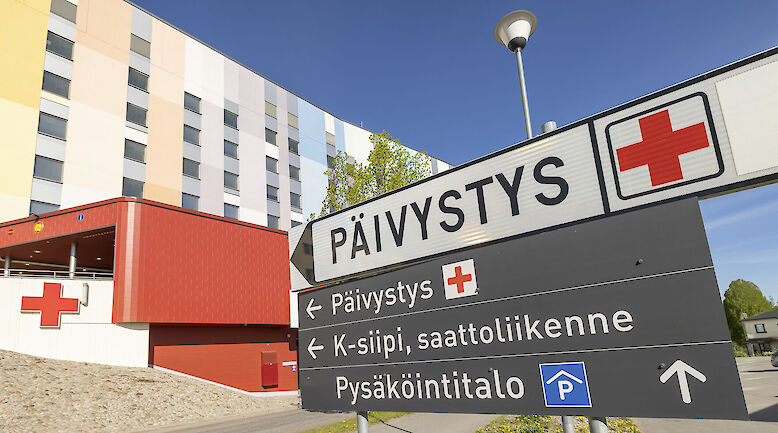English summary: Lifetime prevalence and geographic variation of psychotic disorders in Finland

Background
There are few general population surveys of psychotic disorders, and even fewer surveys have reported the prevalences of specific psychotic disorders. The aims of the Psychoses in Finland study were to provide reliable estimates of the lifetime prevalences of specific psychotic disorders and to investigate their regional variation and sociodemographic correlates.
Methods
In the Health 2000 survey, a nationally representative sample of 8028 persons 30 years or older was invited to participate in a health interview and health examination. In the Psychoses in Finland study, the Health 2000 study sample was screened for psychotic and bipolar I disorders using the Composite International Diagnostic Interview, self-reported diagnoses, medical examination, and national registers. Those selected by the screens were then re-interviewed using the Structured Clinical Interview for DSM-IV, and case records from mental health treatment contacts were also collected. Best-estimate DSM-IV diagnoses were formed by combining the interview and case note data. Register diagnoses were used to estimate the effect of the nonresponders.
Results
The lifetime prevalence of all psychotic disorders was 3.06% and rose to 3.48% when register diagnoses of the nonresponder group were included. The most common psychotic disorder was schizophrenia with a lifetime prevalence of 1%. There was large regional variation in the prevalence of psychotic disorders, which was three times higher in northern Finland than in southwestern Finland. When the effects of place of birth and current residence were examined separately, it turned out that regional variation was explained by the effect of place of birth, not current residence. The highest odds for having a psychotic disorder were found among those who had been born in the northern or eastern Finland, while the odds were lowest in those born in southwestern Finland. People with schizophrenia and other nonaffective psychoses had low income, were usually pensioned or unemployed, and were less often married than the general population, while people with affective psychoses did not differ from the general population in sociodemographic characteristics.
Conclusions
Psychotic disorders are among the most severe and impairing conditions; with a lifetime prevalence exceeding 3%, these disorders are a major public health concern. The prevalence of psychotic disorders and schizophrenia in particular is high in northern and eastern Finland, and this should be taken into account when resources are allocated to health care. Schizophrenia and other nonaffective psychoses are associated with considerable socioeconomic disadvantage.












